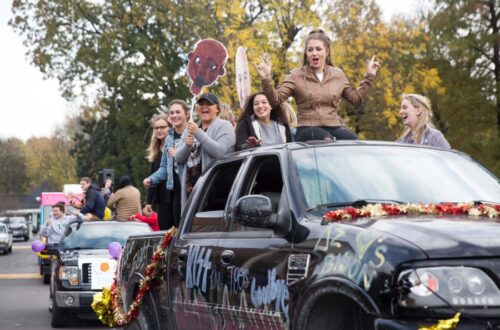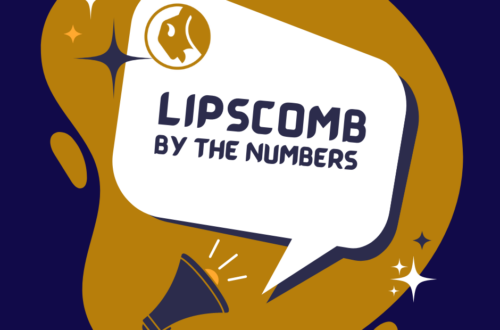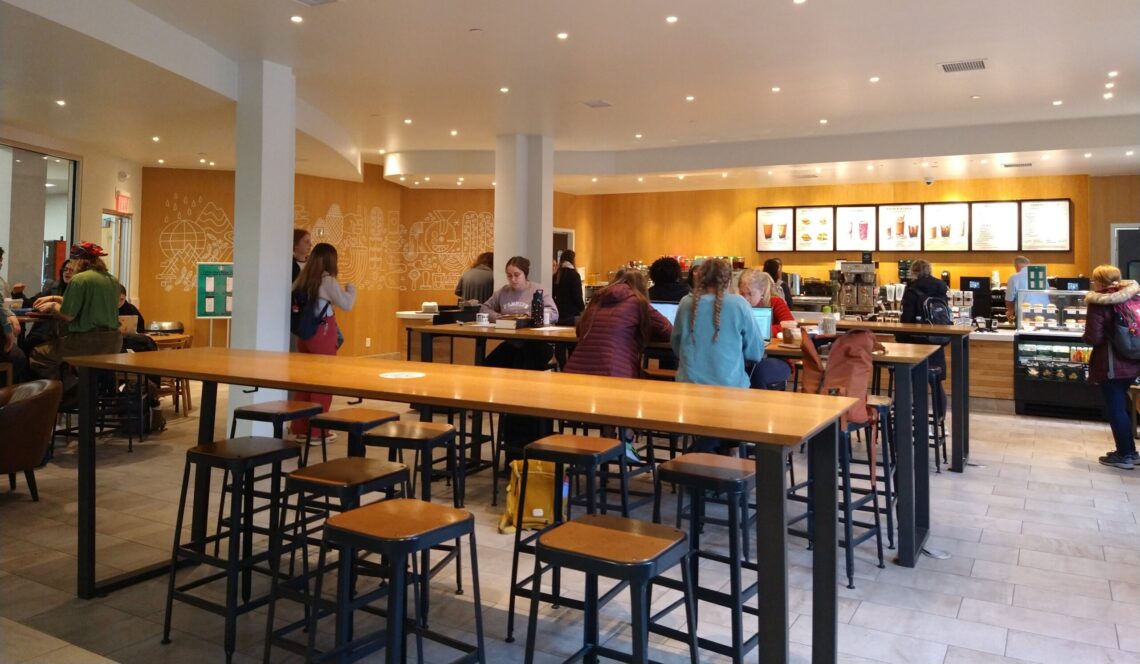
The meticulous process of deciding on-campus dining options at Lipscomb
It can be difficult for your “everyday college student” to find reasonable eating options outside of their college campus. Restaurants can be expensive, and ordering food can add up just as easily. Fast food can be convenient but we set trade-off healthy eating practices for low cost and easy accessibility.
Neither option is necessarily conducive for anyone that simply wants to eat a high-quality meal at a low cost and with low effort. This is why quality eating options on campus grounds are so important for any college or university.
So what are some solutions to this? Is it possible for students to eat a high-quality meal for with low cost and effort? How do students on campus feel about the options that are available to them? Who makes the decisions on what is offered? How do options on campus even get decided on in the first place? If you’ve ever asked yourself or your peers any of these questions, then you might want to keep reading.
Meet Lipscomb’s on-campus dining partner
Many of your favorite food chains are typically partnered with a food service contractor, which are companies that work with venues to provide dining and food service options for the people within that venue. For Lipscomb, this food service contractor is Sodexo.
Sodexo works in partnership with Lipscomb (university, academy, and lower school) on food service for each respective campus. Sodexo works with over six-hundred universities around the country, as well as with venues such as corporate buildings and hospitals. For the university specifically, Sodexo is involved with the process of all on-campus dining options, including the Bison Cafe, food court, and restaurants inside the student activities center.
How do Lipscomb and Sodexo decide what stays and what goes?
The age-old question that many students on campus have asked for years. Why do certain franchises come-and-go on campus? What happened to restaurants such as Papa Johns or Blue Coast Burrito being on campus? How did restaurants Pie on the Fly and Freshens make their way to Lipscomb? According to Sodexo’s general manager at Lipscomb, Anthony Bates, it’s all a calculated and meticulous process that factors in multiple different aspects.
“When Dr. McQueen [Lipscomb president Dr. Candice McQueen] came a couple years ago, one of the things that we did after she got here was when we were evaluating all of our retail outlets, her and Jeff Baughn [the CFO here on campus], they wanted to really do a lot of student focus groups and get as much data to see what we had, what they wanted to change, and what directions we should go. It’s a process that takes years to do and it’s always changing,” Bates said.
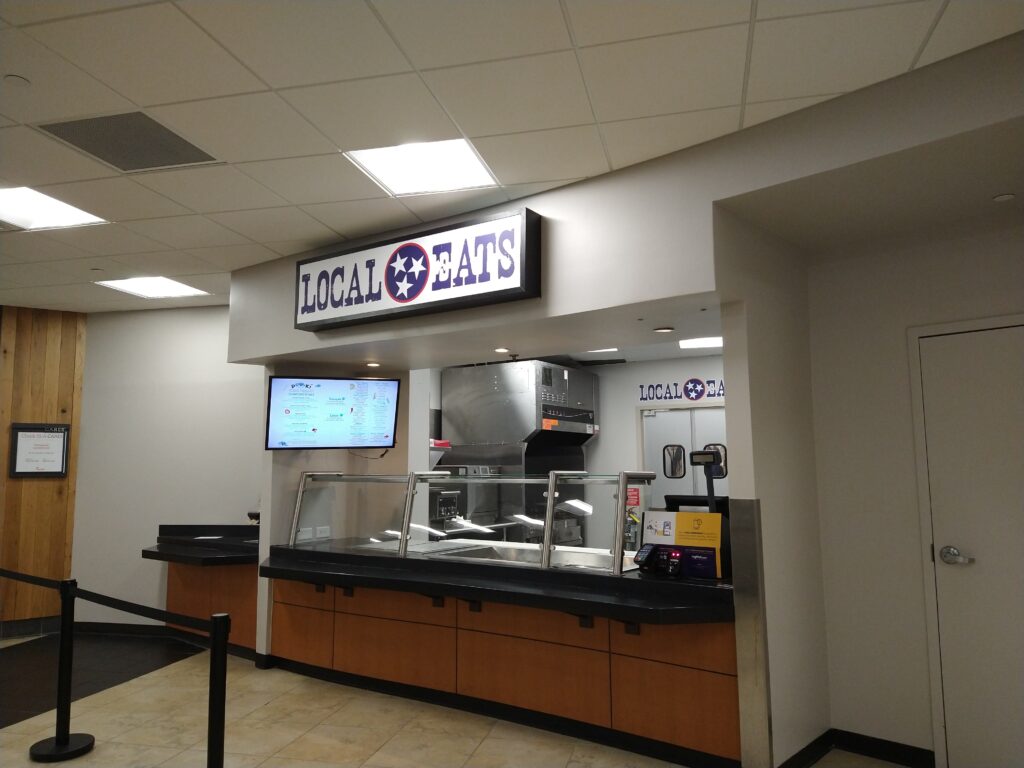
The data behind those decisions and getting students’ thoughts
Sodexo and Lipscomb don’t only look within their own resources to find this information, but they also went to outside resources to craft a lineup of options that they feel will best fit students and best fit Lipscomb’s campus.
One of these outside resources were student government and representatives, as Lipscomb and Sodexo worked with both SGA and PSAC to help get an idea of what they’ve heard that students would like to see.
SGA president Liz McKell, a senior disability studies major from Germany, talked about how both SGA and PSAC were able to be involved in this process and how Lipscomb and Sodexo worked with them to get a better idea of what students thought about the dining options on campus. “We did have Dr. McQueen and Anthony [Bates] both come and talk to SGA for about fouty-five minutes to an hour of our meeting,” McKell said. “Just to kind of say, ‘Here’s what we want.’ What’s the feedback on that?’, ‘What do you hear students saying?'”
Viewing it from a student’s perspective, McKell was able to use this opportunity to not only ensure that her fellow students’ voices were heard, but to also learn more about the perspective of Sodexo and Lipscomb, as well what goes behind the decision-making process for both parties. “That is definitely a different perspective for me,” McKell said. “I think that it was just, not necessarily randomly decided what food options were on campus, but maybe most convenient, maybe one or two things that people said, but they really have done a good job of paying attention to what students want and need and the feedback that they’ve gotten from that.”
Not only did Sodexo and Lipscomb reach for opinions from Lipscomb’s student representation, but they also utilized data and trends to find out more about what students what to see, and what would be a good fit for Lipscomb specifically. Bates talked about what Sodexo does with the data and how it helps the company and Lipscomb become more in tune with what students are likely to be interested in consuming.
“So what we did, Sodexo brought in a third party company that will look really in depth to see where, for example, you might have grown up and their zip code you might have come up, grown up, or came from, and they would see, not necessarily you, what do folks in that zip code, where do they like to eat? What do they watch on videos? Just everything they can find out about the person in general to see what kind of foods they generally like,” Bates explained.
Taking student feedback and turning it into action
When speaking with Bates, something that was mentioned was how Lipscomb and Sodexo uses that data and student feedback and as a factor in their decisions. As a matter of fact, two of Lipscomb’s newest on-campus eateries were a product of the feedback that Sodexo received from students last year.
Lipscomb and Sodexo met with two of Lipscomb’s student oganizations, SGA and PSAC, to receive feedback on the school’s on campus dining options and also pitch ideas that could potentially be implemented in the future. “It was fun. I got to hear both conversations [with both SGA and PSAC],” said McKell.
For McKell, her biggest takeaway was not just the results of this process, but being able to see the conscious effort that was being made to keep the students’ opinions in mind. “I think that the biggest thing is that, they really, really care about student feedback and they’re not going to put a restaurant in that they think that students don’t want. There’s no help in that at all, and I think for the most part students kind of know that, but like that has been a real emphasis to me.”
Sodexo and Lipscomb have also turned that feedback into action, which can been seen in the additions that we made to Lipscomb’s campus at the start of the 2022 Fall semester.
“One of the things that came back from the groups and the focus (groups) and just trends in general is more of healthy eating. So we said, okay, we need something that can work in that space. It’s going to be healthy,” Bates said when talking about the feedback that he received last year.
“So ‘Freshens’, they have the smoothies, it’s right next to the sac [students activities center], the rice bowls, the, salads, the wraps… and then we went and visited and we cooked for some students here and it went very positive, so we decided to put that there… Another thing that came up was the students wanted to see more local restaurants or local options. That’s where we came up with ‘Local Eats’…” Bates mentioned.
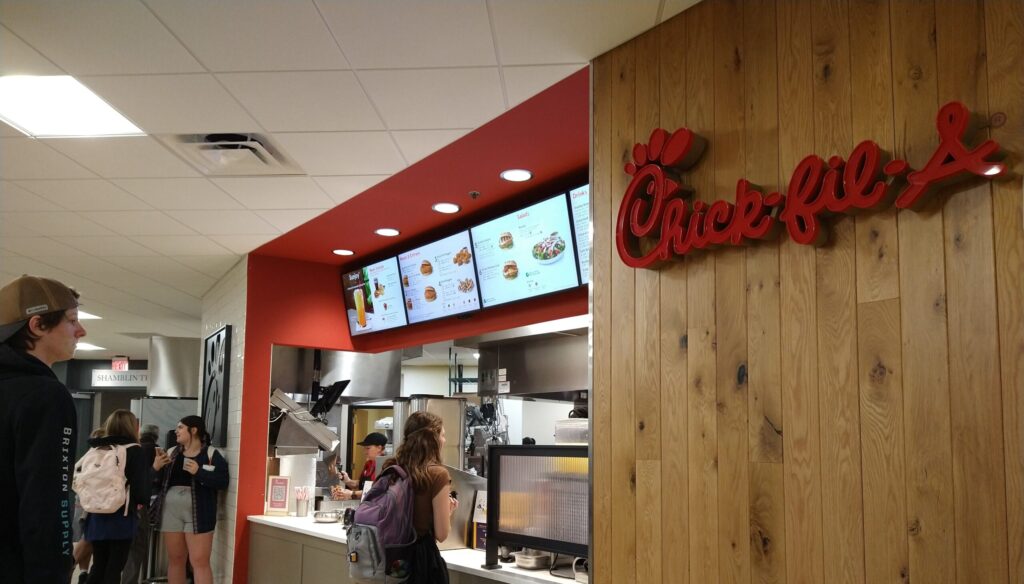
Why are some franchises on campus, while others are not?
Speaking of students’ thoughts, one of the other hot topics for students is the selection of restaurants on campus. Many have wondered why retailers such as Papa Johns, Au Bon Pain, and Blue Coast Burrito went away, or why Lipscomb doesn’t have certain brands options such as McDonald’s, Chipotle, or Panera Bread. This process isn’t as simple as some may think. According to Bates, it isn’t just dependent on what Lipscomb and Sodexo wants to do, but also what the actual franchises are willing to do, and making all of the moving parts work that are involved within that process.
When talking us through that process, the Sodexo general manager described is as such. “So basically, Sodexo buys a franchise, to say, Starbucks downstairs, and then license it out to all the different campuses that we use. So we’ve got a fully licensed store, they do it, but maybe one of the other ones doesn’t. So it’s not just going, grabbing any brand. There’s only certain ones that actually want to get involved in the university side and that business altogether,”
When answering this earlier on, Bates also mentioned that “Some of the things have to do with just the pallet of things we have now. We can’t just get anybody to come in here. So, for example, Panda Express. That’s one that’s in our notebook, but they require a certain volume before they’ll even consider it, and then there has to be a certain infrastructure there, like equipment-wise and spread there. So some of these brands, the school itself is not large enough to support, or we couldn’t get the volume to make it worth work doing. They wouldn’t even come in, things like that. And then we have to buy a license. Like some restaurants, don’t have any [university locations], don’t do this [have locations on campuses]…”.
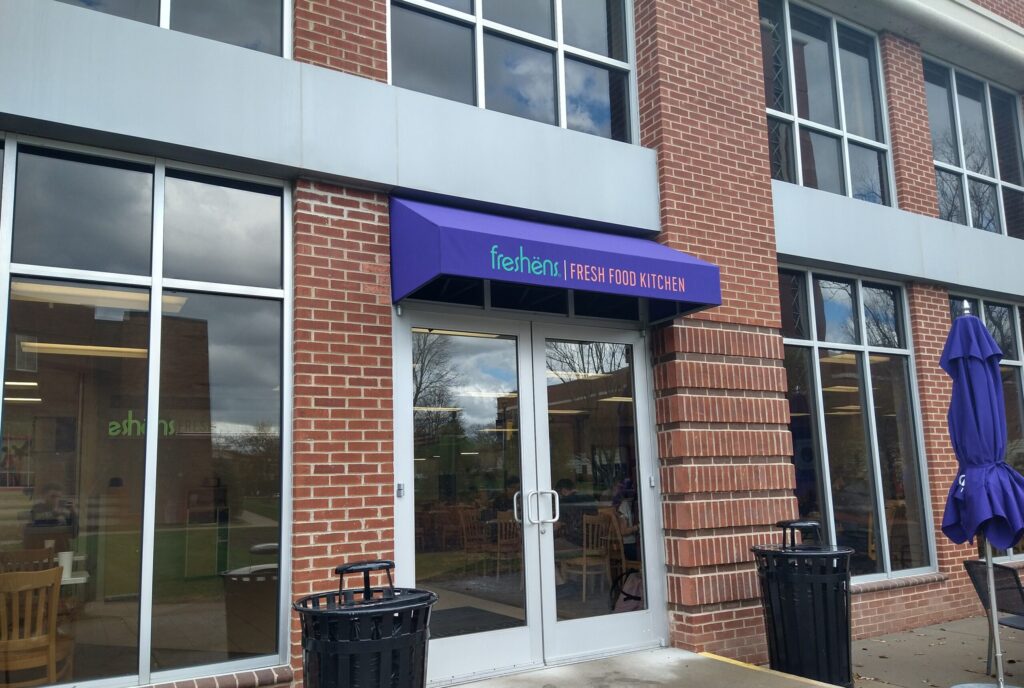
Emphasizing on change and keeping things fresh
When speaking about the process of selecting retail options on campus, something the Bates often emphasized was that keeping things fresh was a high priority within the decision-making process. “We really wanna make sure there’s something new every year, and the president and the new leadership team that’s come on the past couple years have done a very good job of working with us on that because it really is a partnership financially, and decisions, and everybody’s gotta buy into everything”.
So what determines when it’s time for a change? According to Bates, much of it has to do with how long something has been on campus and the point of its life cycle that the restaurant is at during that time. “When you get a new brand on campus, no matter what it is, whether it’s a national brand or something internal that we even came up with like ‘Pie on the Fly’, the sales will start pretty well. And there’s a life cycle for it. That’s with everything; except maybe Chick-fil-A and Starbucks. But everything else has a life cycle, so to speak. It starts, it peaks and it kind of just falls to a place where, ‘okay if this is where it’s gonna stay for a while’ it’s about time to make a change and get back something more popular.”
When speaking with Bates, he gave an example on why it is so important to switch things up when needs be, even if the previous retailer was successful. “So a freshman comes in here, you know, we wanna see something in there. They don’t want to have the same thing for four years if possible. We wanna have something change up, which means we might get rid of something that somebody really liked in the process. That’s just kind of how it works, but at least we have something fresh and new and this is kinda how we go about it really.”





